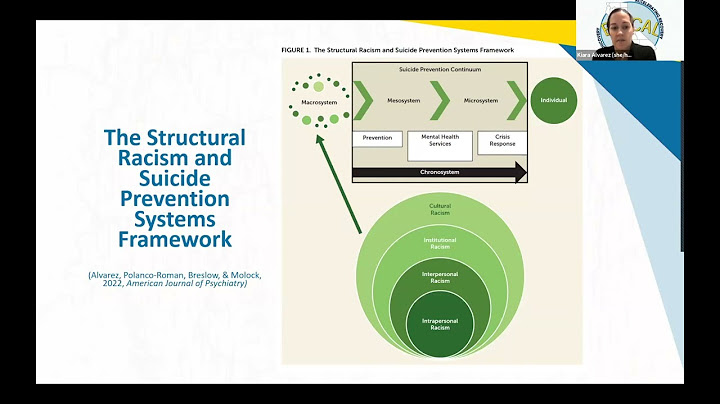What Does Operator Mean?An operator, in computer programing, is a symbol that usually represents an action or process. These symbols were adapted from mathematics and logic. An operator is capable of manipulating a certain value or operand. Show
Operators are the backbone of any program and they are used for everything from very simple functions like counting to complex algorithms like security encryption. Techopedia Explains OperatorThere are several classifications of operators and each of them can have one or more operands, a specific data that is to be manipulated.
download the slides used in this presentation ObjectivesWhile engaging with this module, you will...
EquivalencyIn C++, you will form logical expressions that evaluate to either true or false. In fact, true and false are reserved words in C++. There is a relationship between these words and the and numerical values. The compiler will interpret 0 as false and false as 0. It will interpret any other number with true, and true maps to 1 (may be different on different platforms). Thus
As an example, if you were to output true to the screen, you get 1. cout<<true; // outputs 1 Relational OperatorsThe relational operators are �<�, �<=�, �>�, �>=�, �==�, �!=�. The first 4 are clear and not much need be said about them. For example... short val = 5, num = 8, bob = 0; The == operator is the �is equal� operator and �!=� is the �is not equal� operator. (val == num); // true I now bring special attention to the == operator. Many times, those learning C++ for the first time will make a mistake when trying to use this operator that the compiler will NOT catch. The code will compile and run, but incorrectly! They will use the = operator instead of the == operator. Thus, val = num will compile and run but will NOT compare the two values. It will set the value of the variable val to that of num and will return true...always. This is hardly the desired result. BE CAREFUL. Logical Operators:The logical operators are �&&�, �||�, and �!�. Note: and (&&) has a higher precedence than or (||). You should check the order of precedence of the operators in the appendix in the text. If you are unfamiliar with basic logic, this is how it works: a && b is true only if they are both true; a || b is false only if they are both false. !a is not a; i.e. the �!� operator changes true to false and vice versa. (val == num) || ( ! val); Skip to content Kenneth Leroy Busbee OverviewA relational operator is a programming language construct or operator that tests or defines some kind of relation between two entities. These include numerical equality (e.g., 5 = 5) and inequalities (e.g., 4 ≥ 3).[1] DiscussionThe relational operators are often used to create a test expression that controls program flow. This type of expression is also known as a Boolean expression because they create a Boolean answer or value when evaluated. There are six common relational operators that give a Boolean value by comparing (showing the relationship) between two operands. If the operands are of different data types, implicit promotion occurs to convert the operands to the same data type. Operator symbols and/or names can vary with different programming languages. Most programming languages use relational operators similar to the following:
Examples:
Note: Be careful. In math you are familiar with using the symbol = to mean equal and ≠ to mean not equal. In many programming languages the ≠ is not used and the = symbol means assignment. Key Termsrelational operatorAn operator that gives a Boolean value by evaluating the relationship between two operands.References
What is the meaning of == relational operator?In computer science, a relational operator is a programming language construct or operator that tests or defines some kind of relation between two entities. These include numerical equality (e.g., 5 = 5) and inequalities (e.g., 4 ≥ 3).
What is the role of relational operators in C ++? Distinguish between == and?The “=” is an assignment operator is used to assign the value on the right to the variable on the left. The '==' operator checks whether the two given operands are equal or not. If so, it returns true. Otherwise it returns false.
What does the relational operator mean equal to less than greater than not equal to?Relational operators are binary meaning they require two operands.
...
Relational Operators.. What is difference between comparison operator and relational operator?The relational comparison operators are equal in precedence and are evaluated from left to right. The <, <=, >=, and > operators are numerical comparison operators, while instanceof is a type comparison operator. All of these operators produce boolean values.
|

zusammenhängende Posts
Werbung
NEUESTEN NACHRICHTEN
Werbung
Populer
Werbung

Urheberrechte © © 2024 decemle Inc.


















